Swiss Chard – Ruby Red (10-12 Seeds)
$1.00
In stock
Beta vulgaris subsp. vulgaris – Ruby Red
-
Growing Temp 50°F – 75°F
-
Days to Maturity 55-65 days
- $3.99 Flat Rate Shipping
- 30 Days Return
- Ships the Next Business Day
Beta vulgaris subsp. vulgaris – Ruby Red
-
Growing Temp 50°F – 75°F
-
Days to Maturity 55-65 days
Ease of Cultivation and striking color: Swiss Chard Ruby Red, also known as Rhubarb Chard, is famous for its deep red stems and vibrant green leaves. It is a hardy, easy-to-grow vegetable that provides color and nutrition in the garden. This chard is a great choice for novice gardeners due to its resilience and long growing season. Ruby Red chard can be eaten fresh in salads, sautéed, or added to soups, making it a versatile vegetable for many dishes.
Direct Sowing: Sow Ruby Red Swiss Chard seeds directly into the garden as soon as the soil can be worked in early spring. Plant seeds ½ inch deep and 12-18 inches apart in rows spaced 18 inches apart. The seeds usually germinate within 7-14 days. Water the seeds consistently and thin out the seedlings once they reach 2-3 inches tall, leaving 12-18 inches between plants. Apply mulch to retain moisture and reduce weeds, ensuring healthy growth throughout the season.
Early Sowing for Seedlings: Start Ruby Red chard seeds indoors 4-6 weeks before the last frost date. Use seed trays filled with potting mix, sowing one seed per cell. Maintain a temperature of 60-65°F for proper germination. Once the seedlings have 2-3 true leaves, harden them off and transplant them outdoors, spacing 12-18 inches apart. Water the transplants thoroughly and mulch around the base to conserve moisture and suppress weeds.
Harvesting: Harvest Ruby Red Swiss Chard when the outer leaves reach 10-12 inches in length. Regularly picking the outer leaves will promote continuous growth. Baby chard leaves can be harvested at 3-4 inches for use in salads. To ensure ongoing production, avoid cutting the inner leaves and allow the plant to grow through the season.
Only logged in customers who have purchased this product may leave a review.

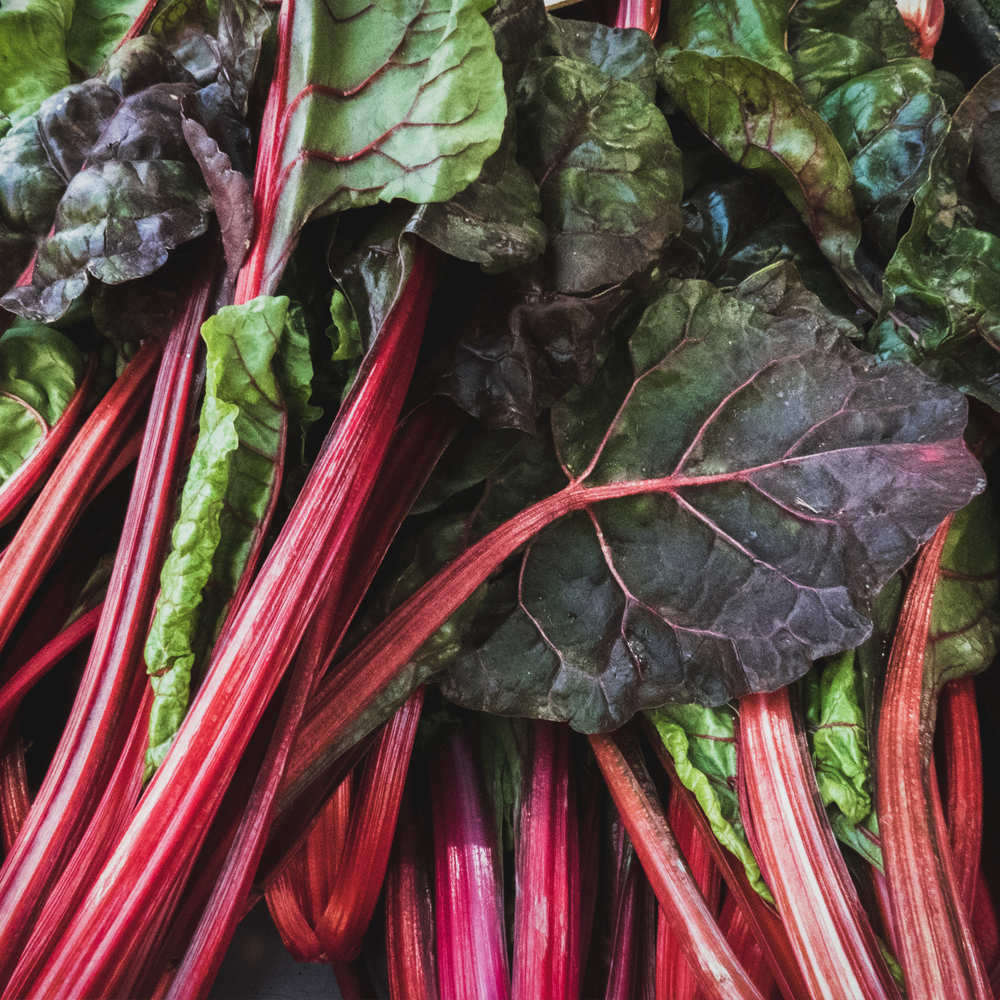
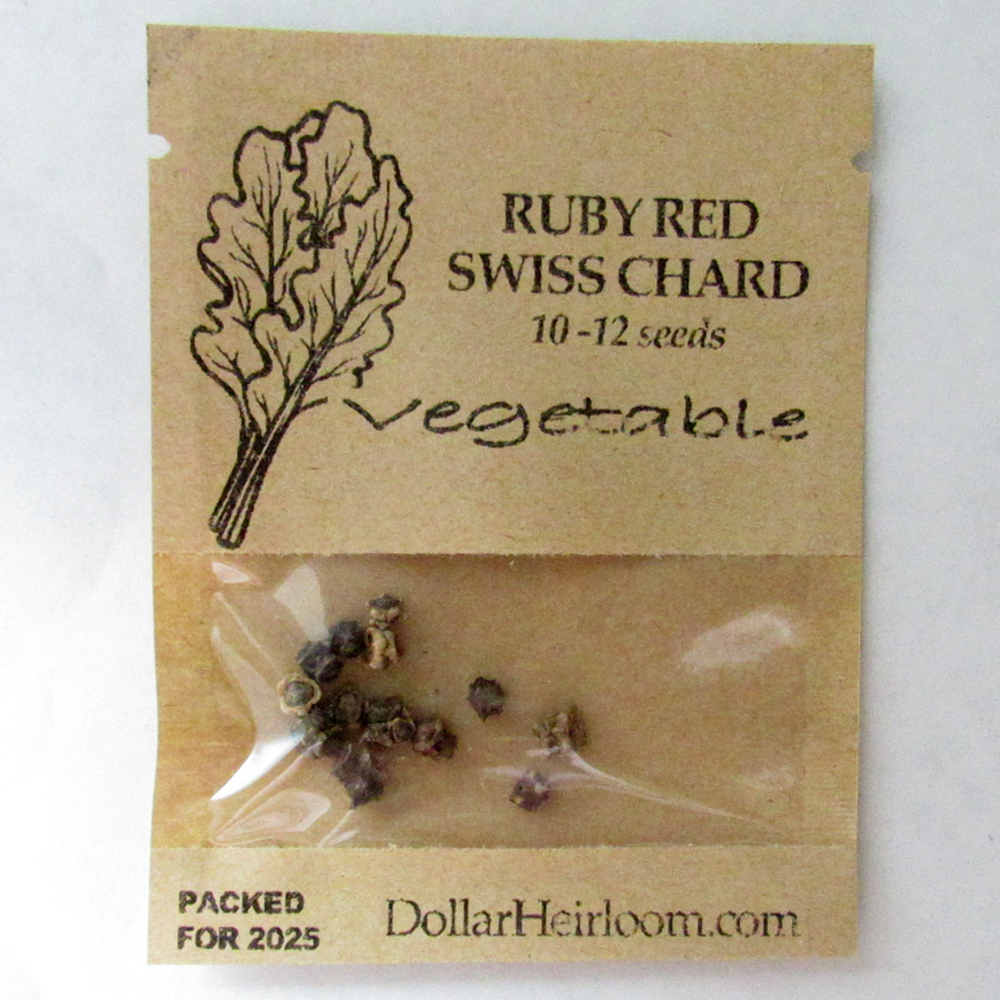
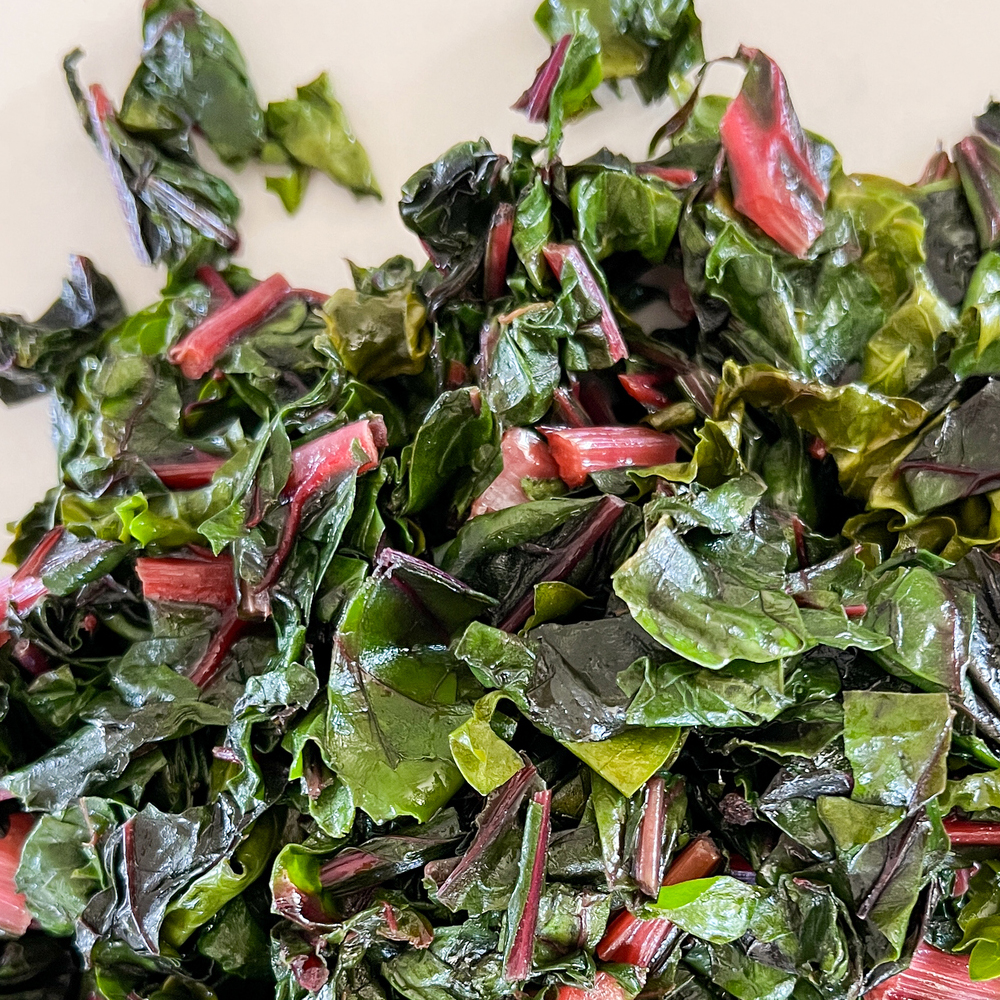
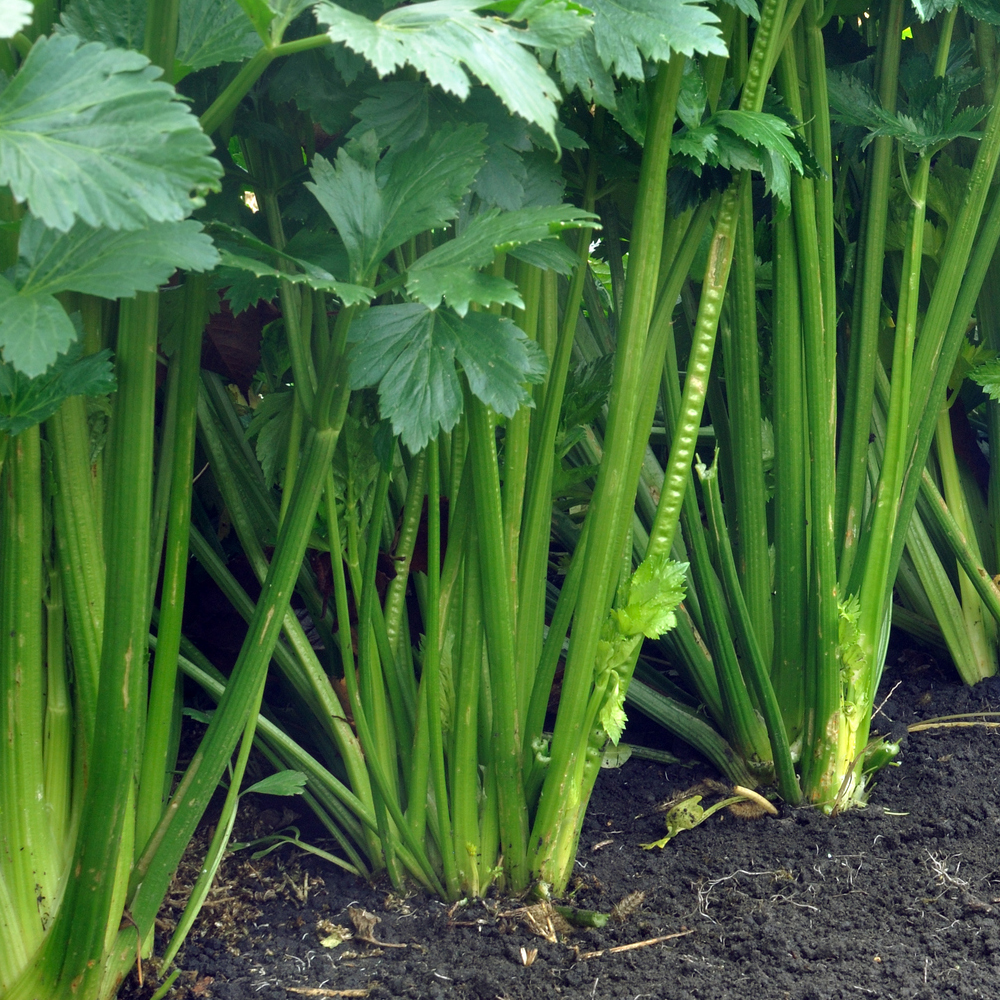
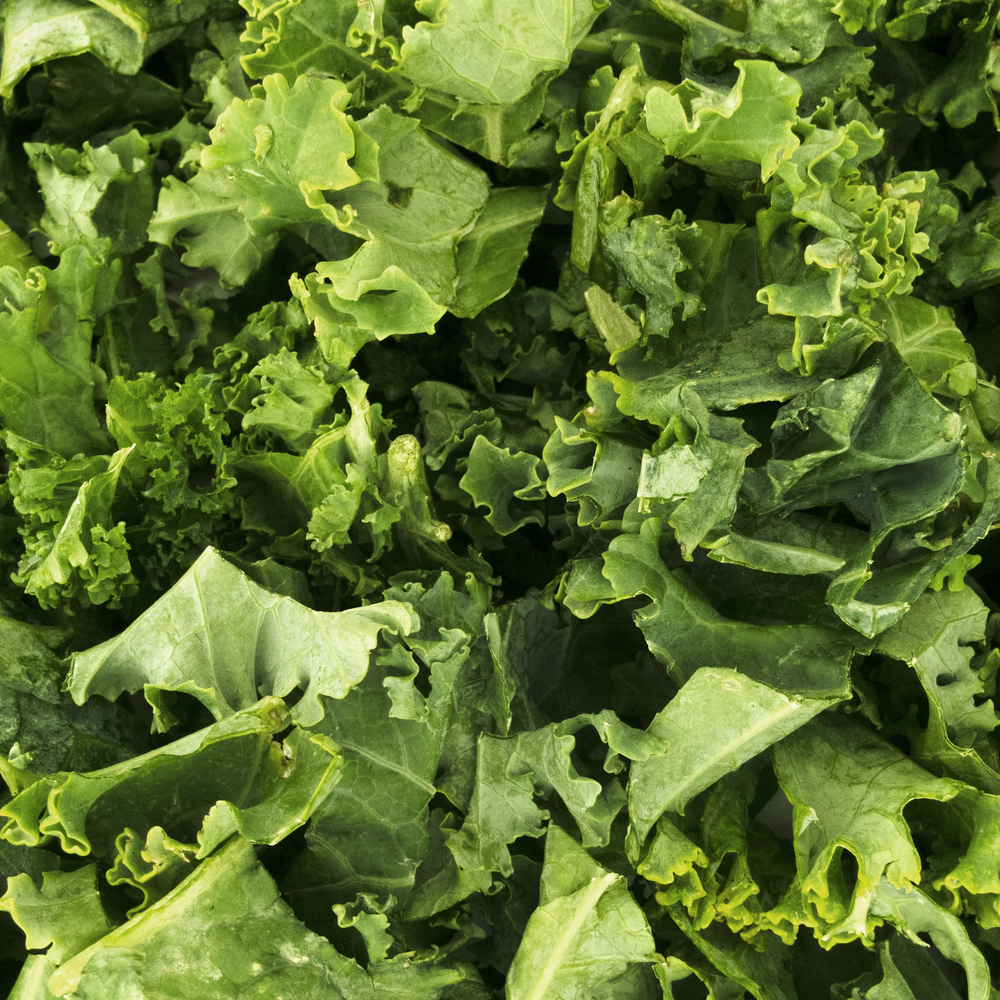
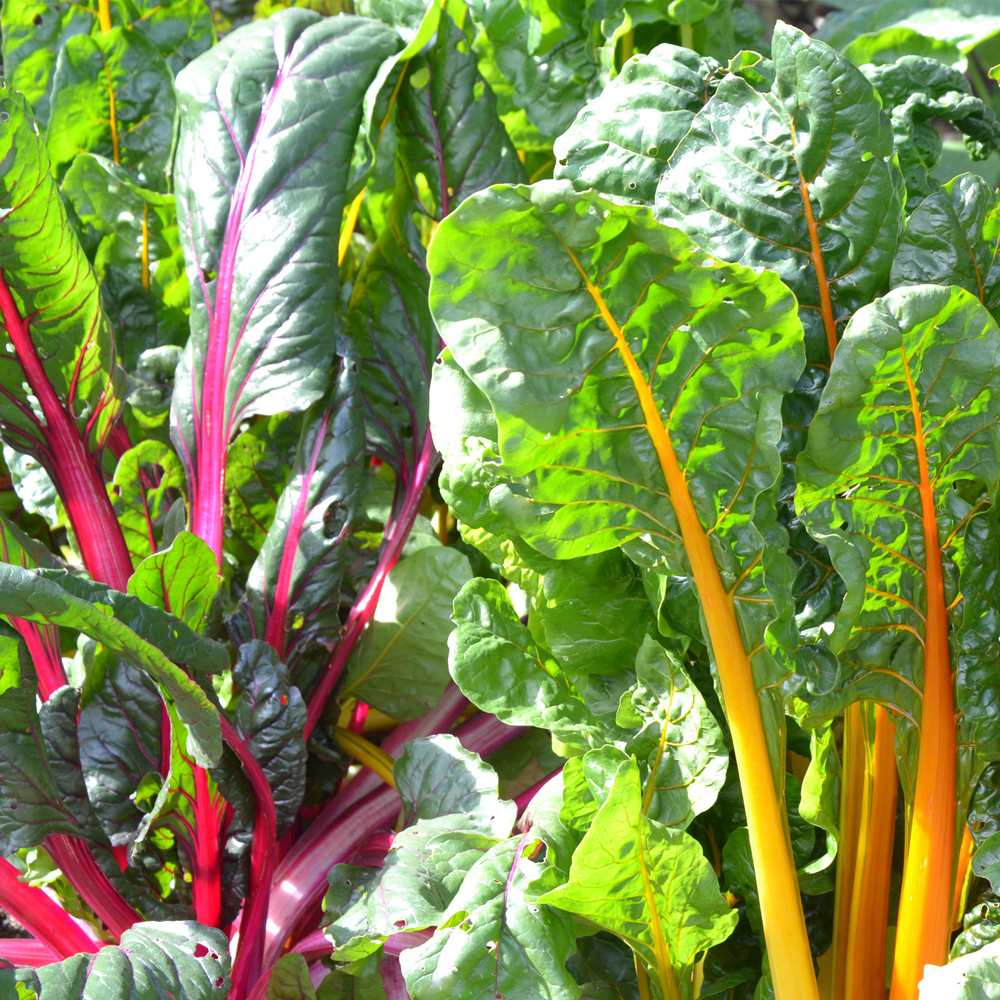
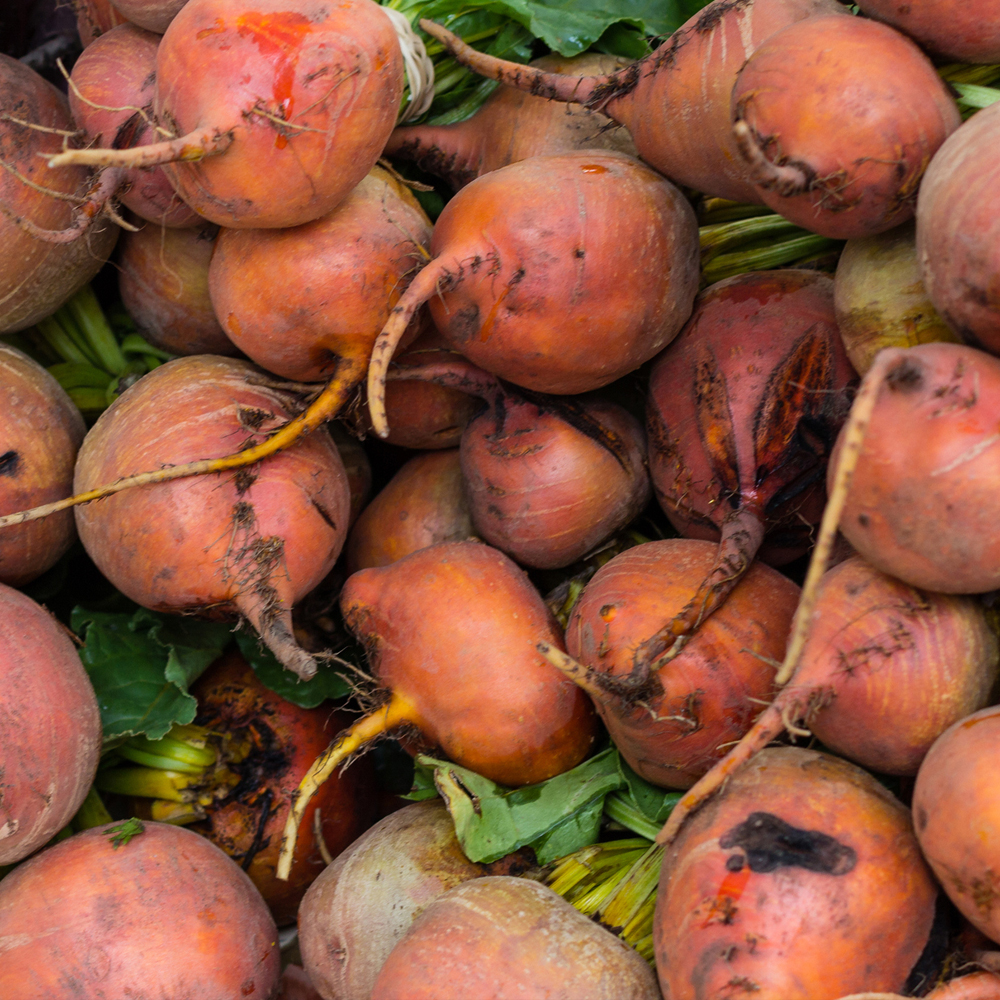
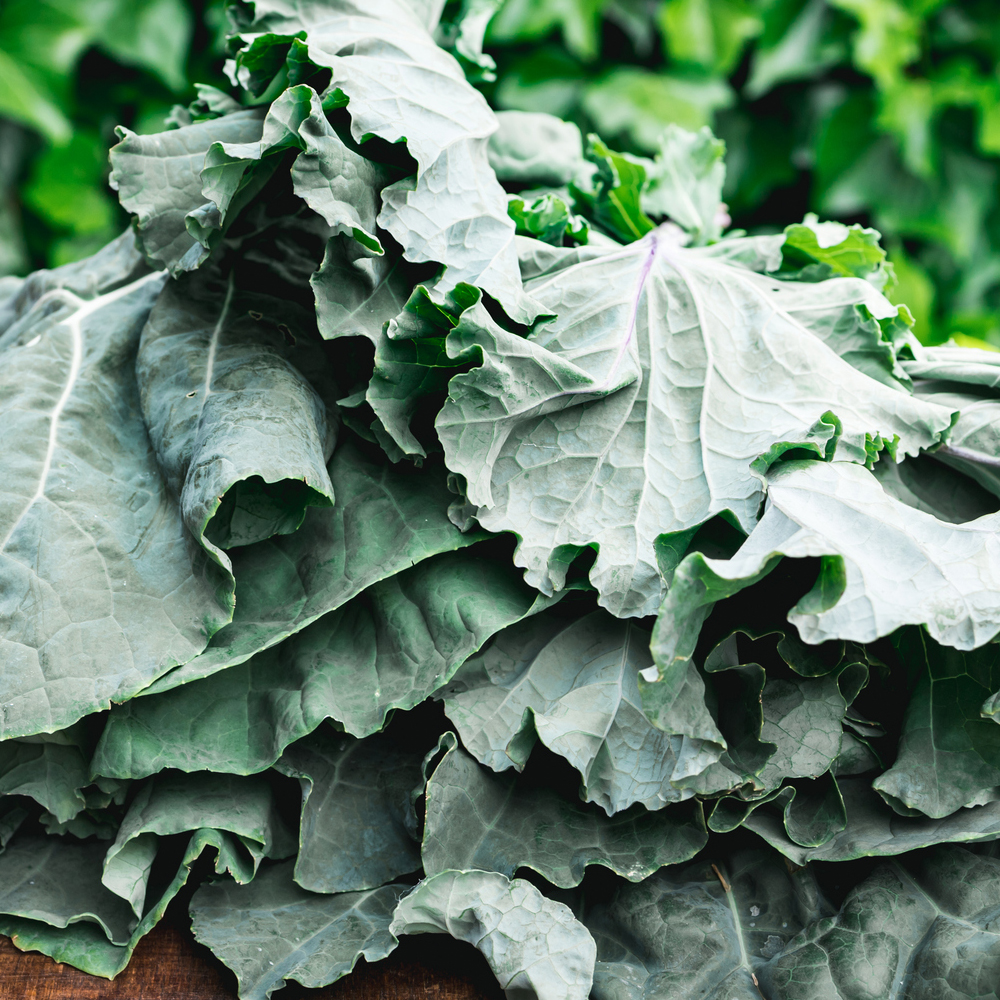
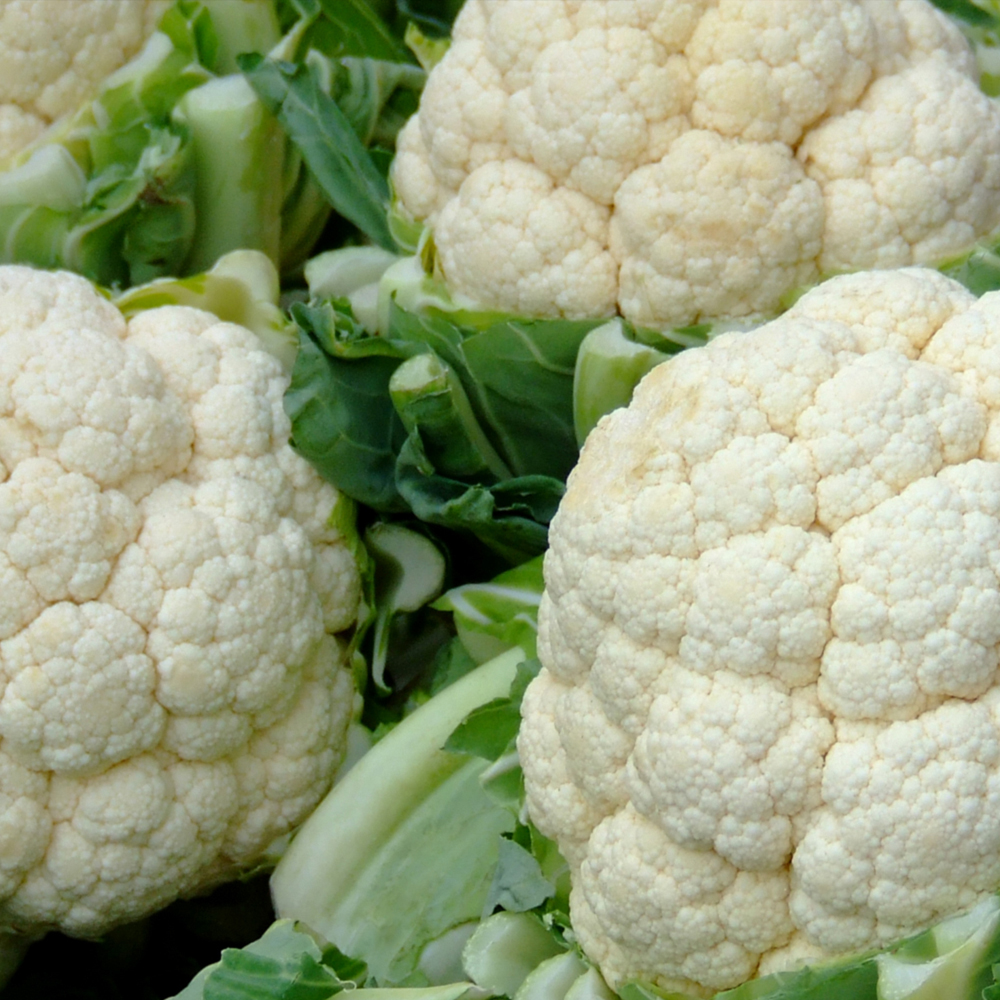
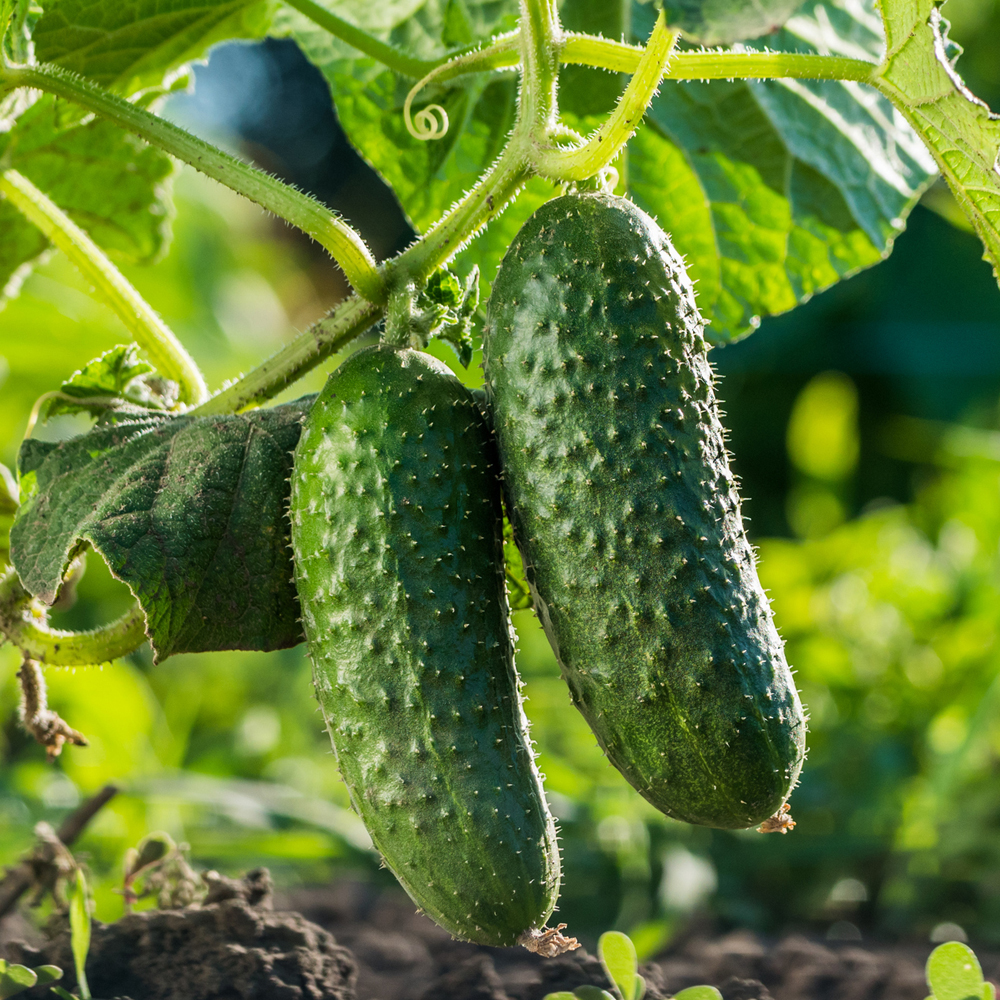
Reviews
There are no reviews yet.